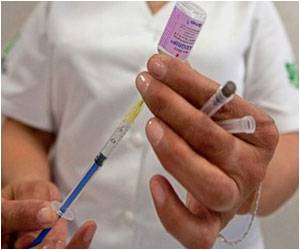Highlights
- Nearly 5,900 tonnes of bio-medical waste is generated in Delhi and NCR alone.
- Bio-medical waste means a waste, which is generated during the diagnosis,treatment or Immunization of human beings or animals or in research activities.
- Untreated hospital waste can pose major risks to those who may come into contact with it.These risks include AIDS, Hepatitis B and C etc.
“Untreated hospital waste can pose major risks to those who may come into contact with it. These risks include AIDS (acquired immune deficiency syndrome), Hepatitis B and C, gastroenteric infections, respiratory infections, bloodstream infections, skin infections, effects of radioactive substances, and intoxication. Waste management is an integral part of a hospital’s hygiene and maintenance activities. In fact, only 15% of hospital waste, that is, ‘Bio-medical waste’ is hazardous. However, when hazardous waste is not segregated at the source of generation and mixed with nonhazardous waste, then 100% waste becomes hazardous.” said Dr. K K Aggarwal, a Padma Shri Awardee.
Dr K K Aggarwal is also the president of Heart Care Foundation of India (HCFI) and Immediate Past National President Indian Medical Association (IMA).
Segregation is the said to be the very essence of waste management and should be done at the source of bio-medical waste generation. Eg. In the patient care activity areas, diagnostic services areas, operation theaters, labor rooms, treatment rooms, etc.
“Safe medical waste disposal is imperative not just in large establishments but also at home. One should have a medical waste disposal box at home, and these can be easily obtained from companies catering to this area, and some of them even offer a pick-up service,” added Dr. Aggarwal.
- Use only disposable syringes. After use throw the syringes after breaking them in colored bags.
- Bandages, cotton and other blood-stained materials should not be thrown with general garbage.
- Use colored black plastic bags to dispose of biomedical wastes.
- Keep trash out of reach of small children and infants.
- Diapers, Sanitary napkins, etc. should also be disposed of separately.
- Drugs that are past date of expiry must never be used and properly disposed.
- Use yellow bags for Infectious material, red bags for syringes, catheters, blue bags for Broken glass and black Cardboard Box for Needles.








